Future Use Cases for DeFi | Real-World Assets on Chain
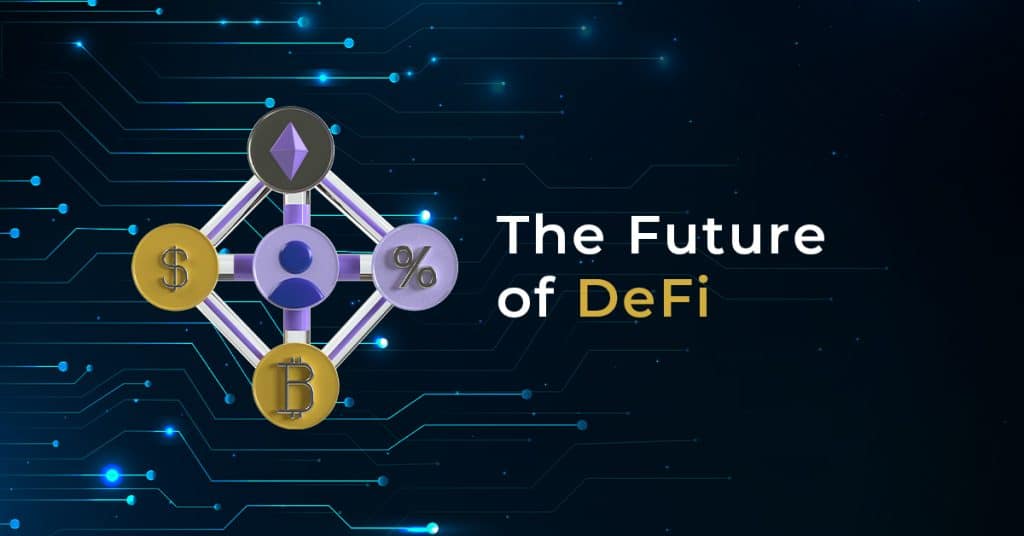
The great thing about DeFi is that it’s a sandbox where everyone can play. Also, the problem with DeFi is that it’s still mostly a sandbox where people play with toy tokens and there is little connection to the ‘real world’. This will change, though. What are future use cases for DeFi that could catapult it into the mainstream and kick off the next bull market?
Let’s discuss some encouraging findings. First, DeFi has proven itself during multiple 50% plus downturns over the past two years. At least, from a technological point of view. The systems stayed up, and the pipelines didn’t clog. Users could deposit and withdraw just fine on lending apps like Aave and Compound. The Total Value Locked (TVL) in DeFi has dropped from 200 billion to 70 billion since the Terra ecosystem crash. Yet this did not lead to any major problems (relatively minor exceptions being the Solend and Bancor issues). Compare this to some of their Centralized Finance counterparts, that faced huge solvency problems and had to close shop.
Second, arguably the most solid use case of DeFi, namely stablecoins, is still firmly standing. Setting aside for a second the crash of algorithmic stablecoin UST, the stablecoin market hasn’t crashed: it has held up fine.
Now, let’s address some criticism about DeFi. Inflationary tokenomics caused a huge boom and subsequent bust. Clearly, insane yield farming APY’s were not sustainable. Sure, it might have been a profitable strategy to get in quickly after the launch of a new DeFi protocol and sell that initial wave of farming tokens. But the crash of token prices would come sooner or later. And indeed they crashed. Busted.
Real-World Assets on Chain: An explosive growth market
So is DeFi dead? No. First of all, the talent is still there and the venture capital is still there. The question now becomes, will DeFi come up with future use cases that justify these? For that to happen, DeFi has to bring Real-World Assets (RWA’s) on-chain. Mass adoption will only happen if we go beyond the sandbox and large numbers of people will want to use this technology for everyday use cases.
The DeFi sandbox has proven what it is good for. Namely to create global and liquid markets for tokens that didn’t exist a blink of an eye ago – but weren’t necessarily backed by anything valuable. Now, combine this with the fact that many things in ‘the real world’ have no such access to liquid markets, but do have actual value.
Just consider the chemical reaction – no, the explosion – that combining these two elements could cause? How about tokenizing real-world assets? Making things tradable that hitherto were not tradable? Mind …. blown.
1. Utility tokens for businesses
Utility tokens are a new way in which companies can hand out value to their customers. It’s like owning a piece of the product (a real-world asset). That piece is tradable on secondary markets AND redeemable for (a part of) the product. In a good article on her website, Tascha Che discusses what utility tokens could mean for businesses that adopt them. What role could they fulfill? Examples are:
- Loyalty programs: traditionally, reward tokens (frequent flyer miles, credit card points, etc) could only be exchanged for products. Tokenizing these would incentivize users to earn rewards since these rewards wouldn’t be confined any longer to the walled garden of the brand. They can be cashed out immediately.
- Funding growth marketing: to a company, issuing utility tokens is like giving away equity. It’s a way to use future (unrealized) revenues to fund growth today. And without bleeding your cash reserves.
The difference between utility tokens for ‘real’ businesses and current DeFi projects is that people will want to own the utility tokens of a business for their own sake. They don’t hold them just for the expectation of rapid price appreciation. A stable price is better.
2. Uncollateralized debt on-chain
This is a huge growth market. The off-chain market for loans is giant and consists mostly of uncollateralized loans. In other words, most people loan against their future income, not against their assets. Yet, the latter is how the current loan market in crypto works: it’s mostly collateralized loans. Compare it to a pawn shop, where you put up your golden necklace as collateral for your loan in dollars. (Why do people even borrow with collateral in DeFi? For example, they hold bitcoin and need dollars without wanting to give up their bitcoin.) There is a reason that banks are a bigger industry than pawn shops: there simply isn’t that much demand for uncollateralized loans.
So to grow, DeFi has to find a way to capture a slice of that uncollateralized loan market. Protocols such as Maple Finance (MPL) and Goldfinch (GFI) are already venturing there. Goldfinch created a lending model that introduces a third party besides the borrower and lender. This is a group of users who assess the creditworthiness of the borrower. To incentivize their best effort, this group puts money on the line themselves. Goldfinch’s biggest challenge is assembling such a pool of good credit evaluators. Currently, it is still Goldfinch’s team that assesses the creditworthiness of prospective borrowers.
Let’s wait and see how this market develops. There is a chance that the next bull run will be kicked off with on-chain, undercollateralized credit products. After ICO’s (2017) and yield farming tokens (2020), it might be the token distribution mechanism of the next crypto boom.
3. Highly experimental use case: DeSci
Beyond the above two prime examples of huge markets that could be disrupted by DeFi, there are tons of other markets smaller in size. To name one: DeSci (Decentralized Science). Science is another field waiting to be disrupted by decentralization. Currently, the industry intermediaries hold a lot of power.
Still in its infancy, DeSci would give the scientific community a tool to change how research is funded, knowledge is shared and who will own the fruits of the scientific labor.
As an example, Packy McCormick has talked about Vibe Bio, a start-up that will create DAOs that fund research and drug development for rare diseases. It aligns a community of patients and scientists to get treatments funded that wouldn’t be worth the trouble for big pharma. Why a DAO instead of a kickstarter? Because of the ability to tap into crypto’s global funding market.
Conclusion
View the DeFi boom of 2020-2022 as a successful proof-of-concept. Now let’s see how these shiny new DeFi tools will be applied beyond the sandbox and into the real world. It will be a thrill to watch!

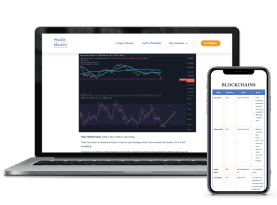




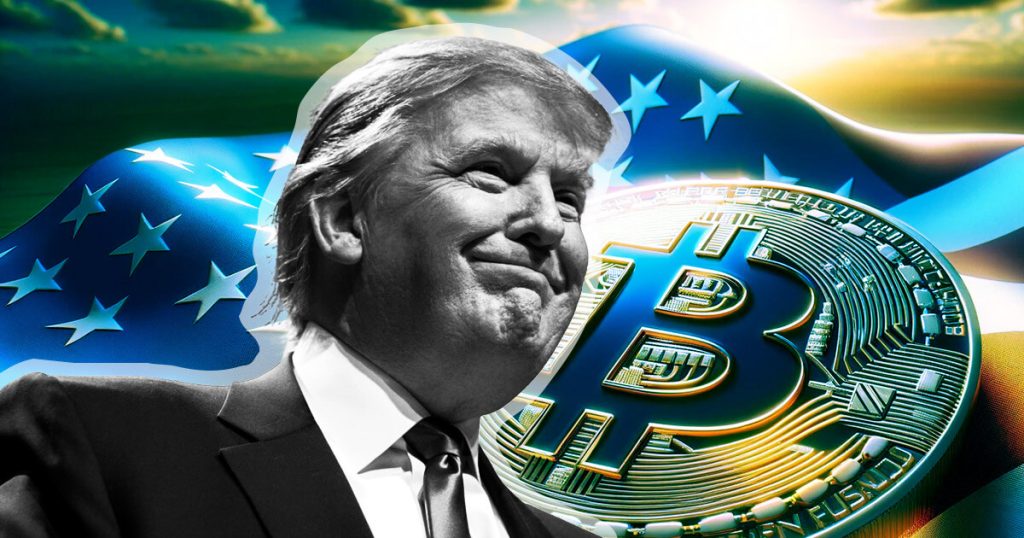
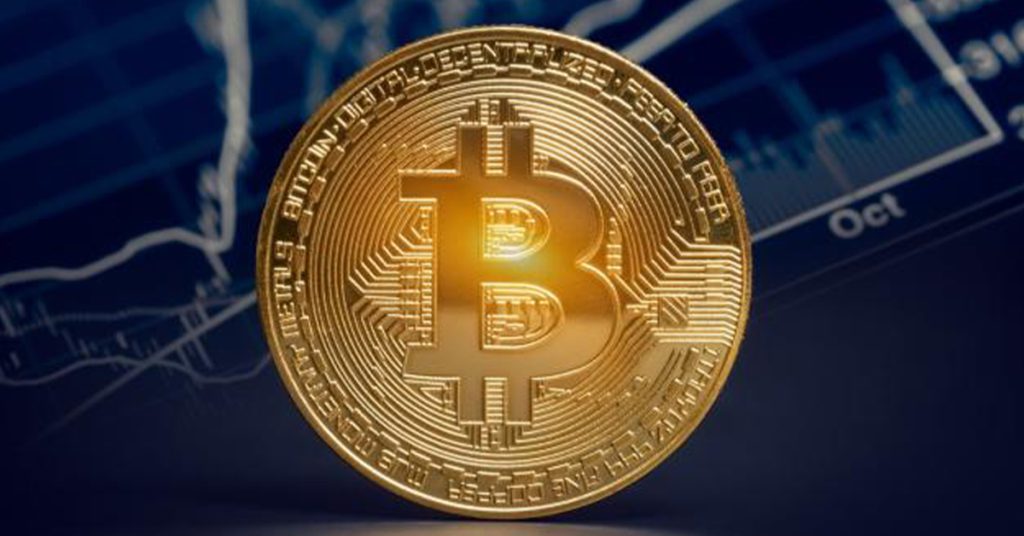

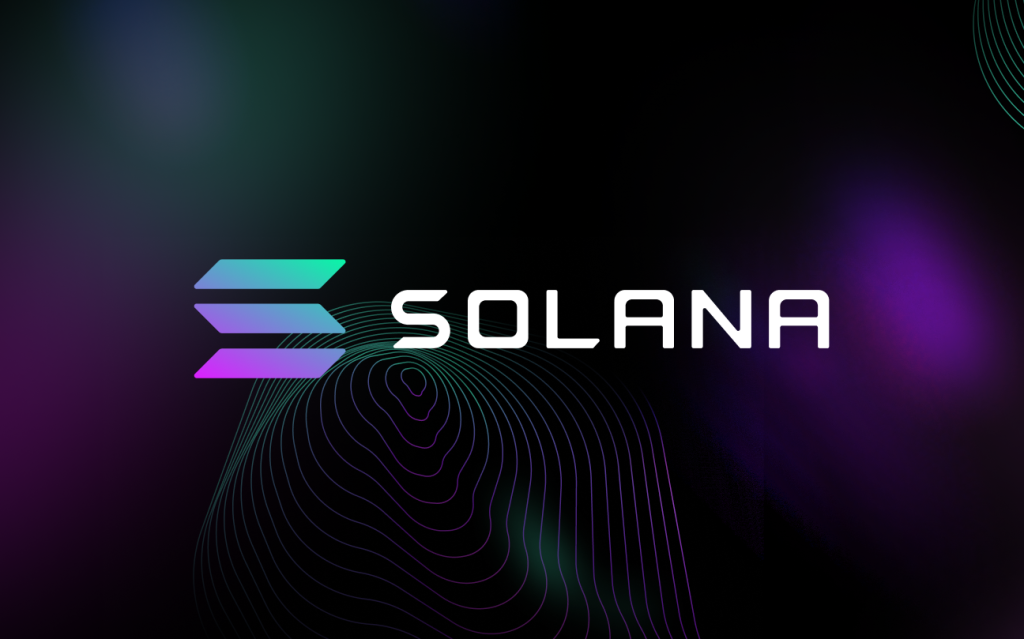
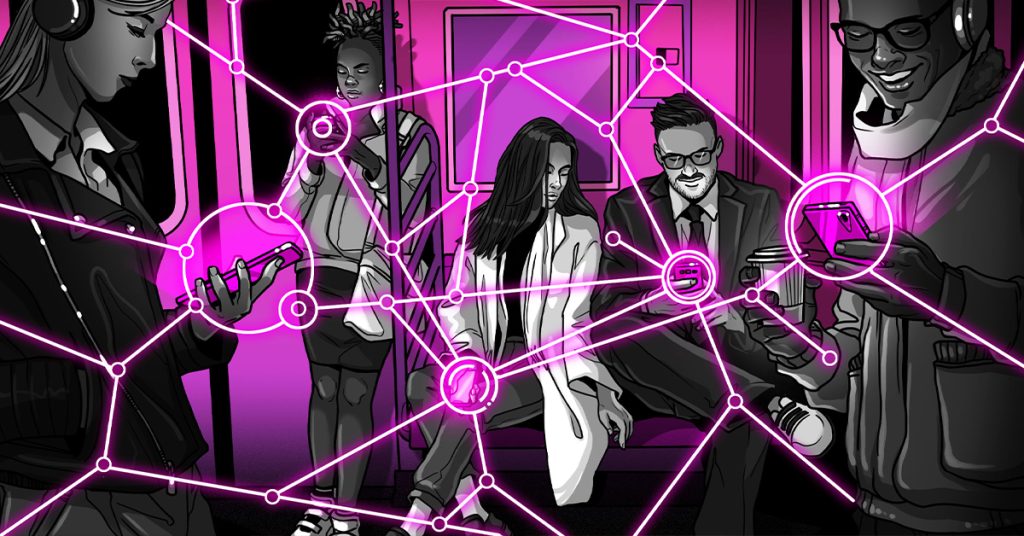
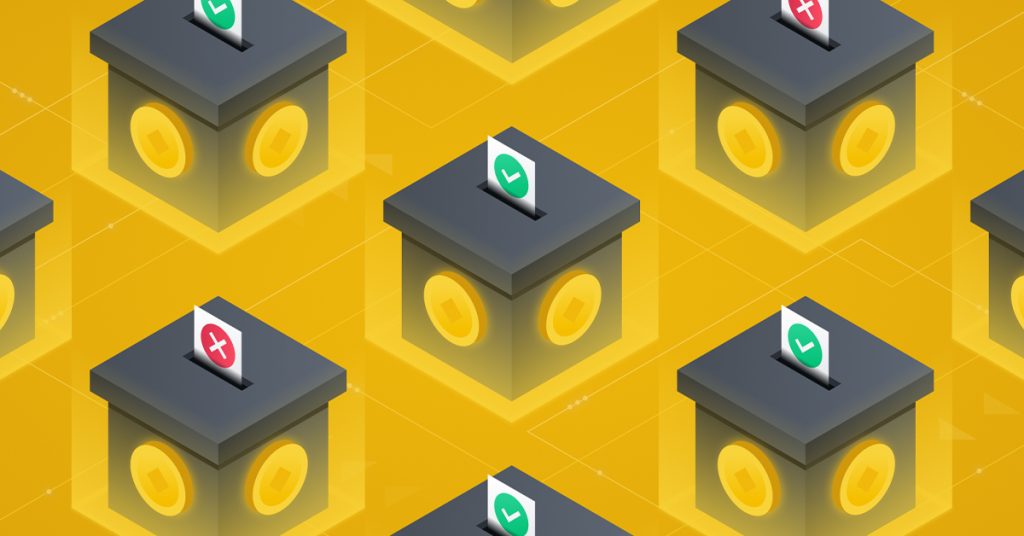
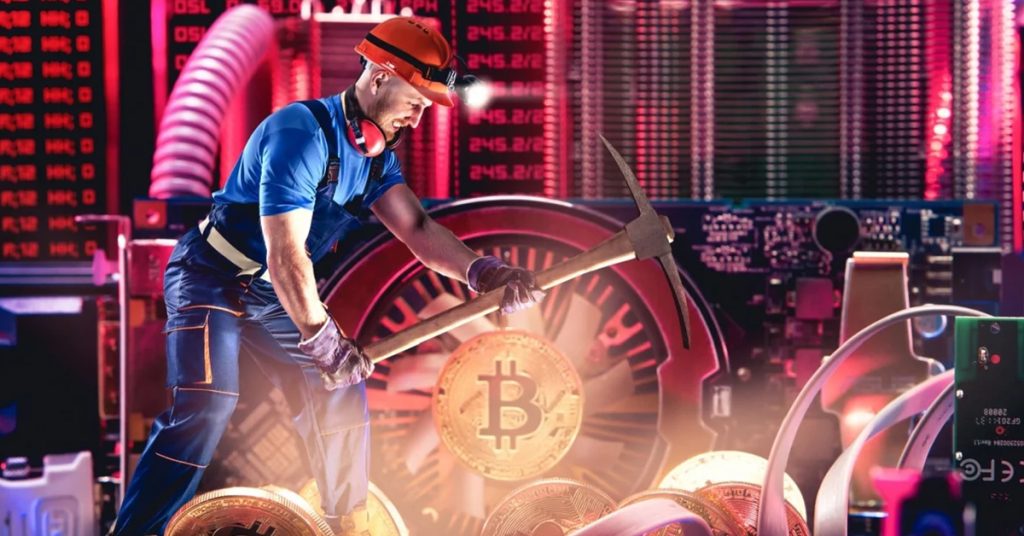
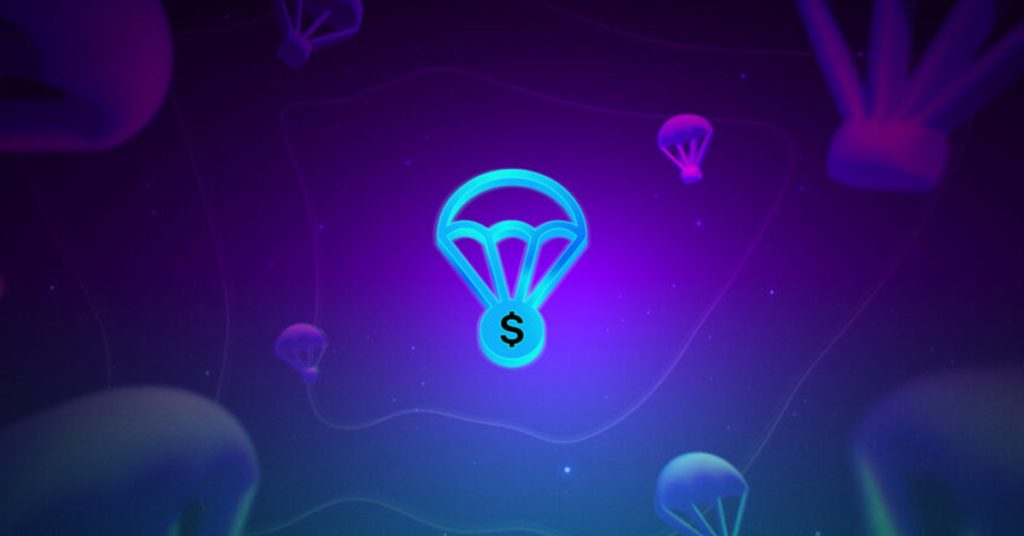
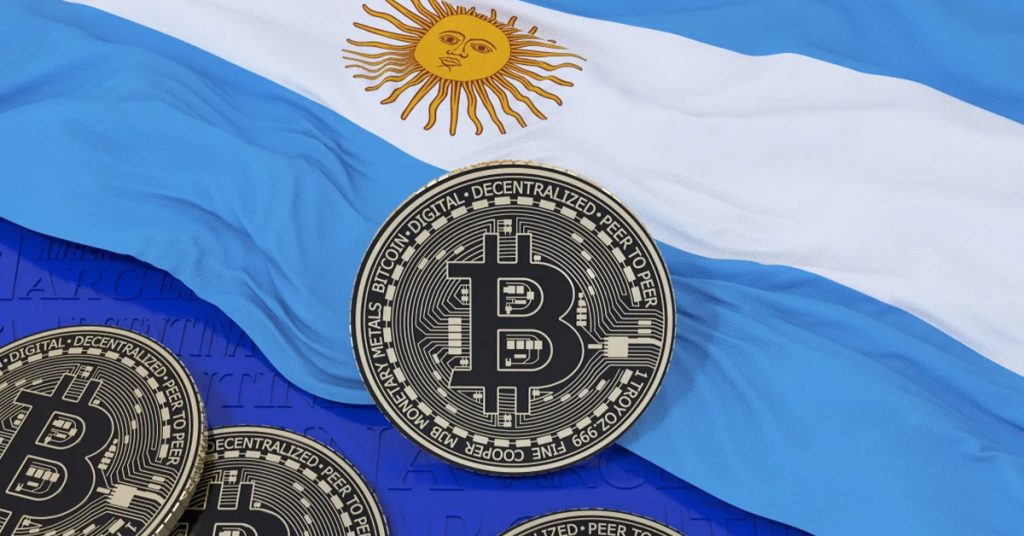
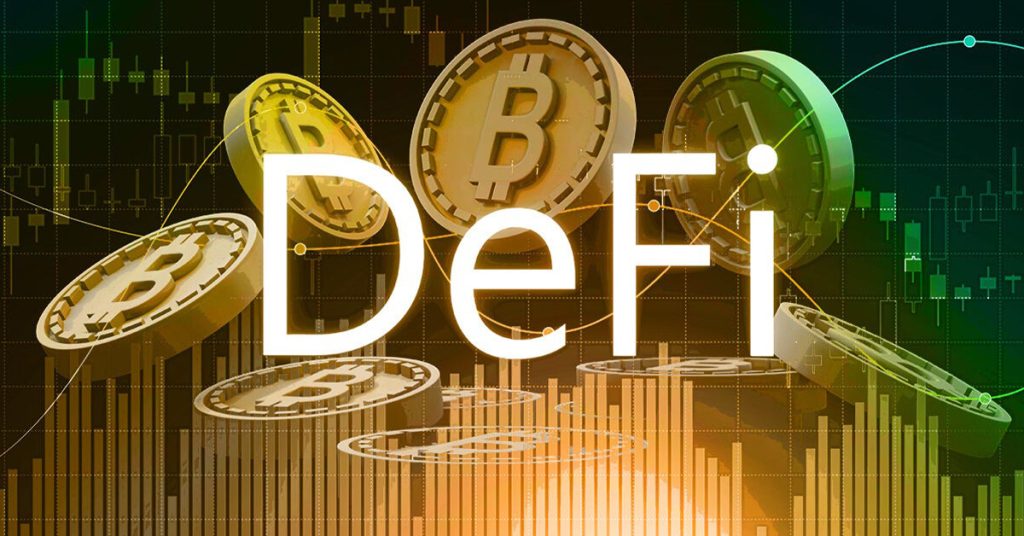
Responses